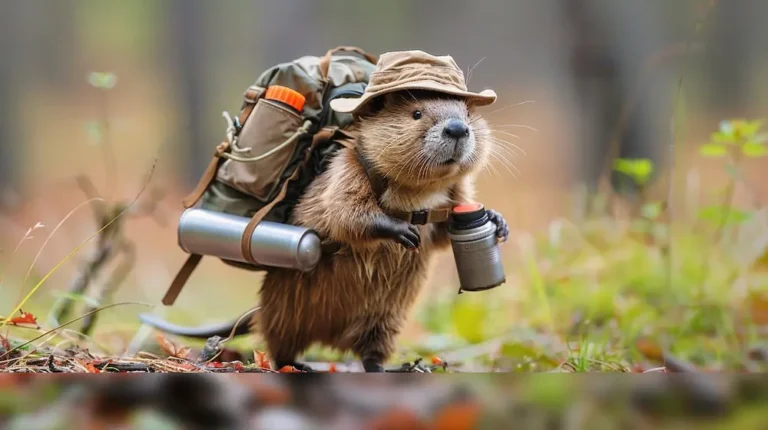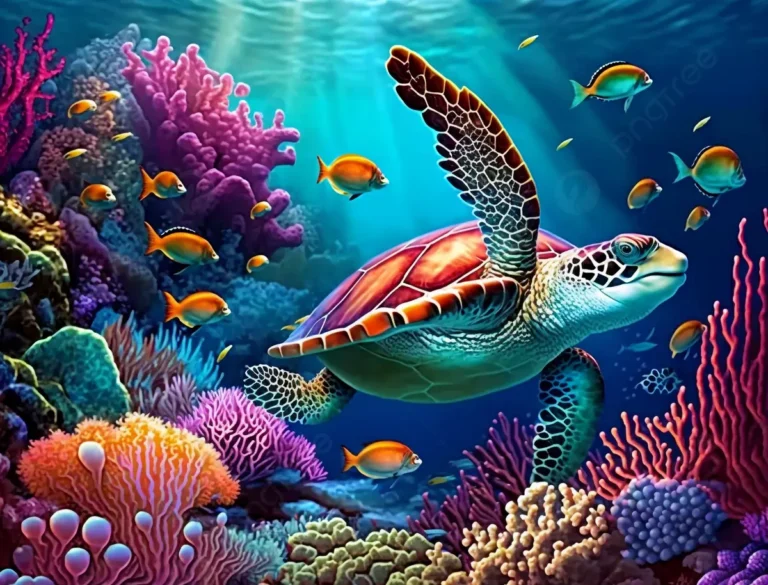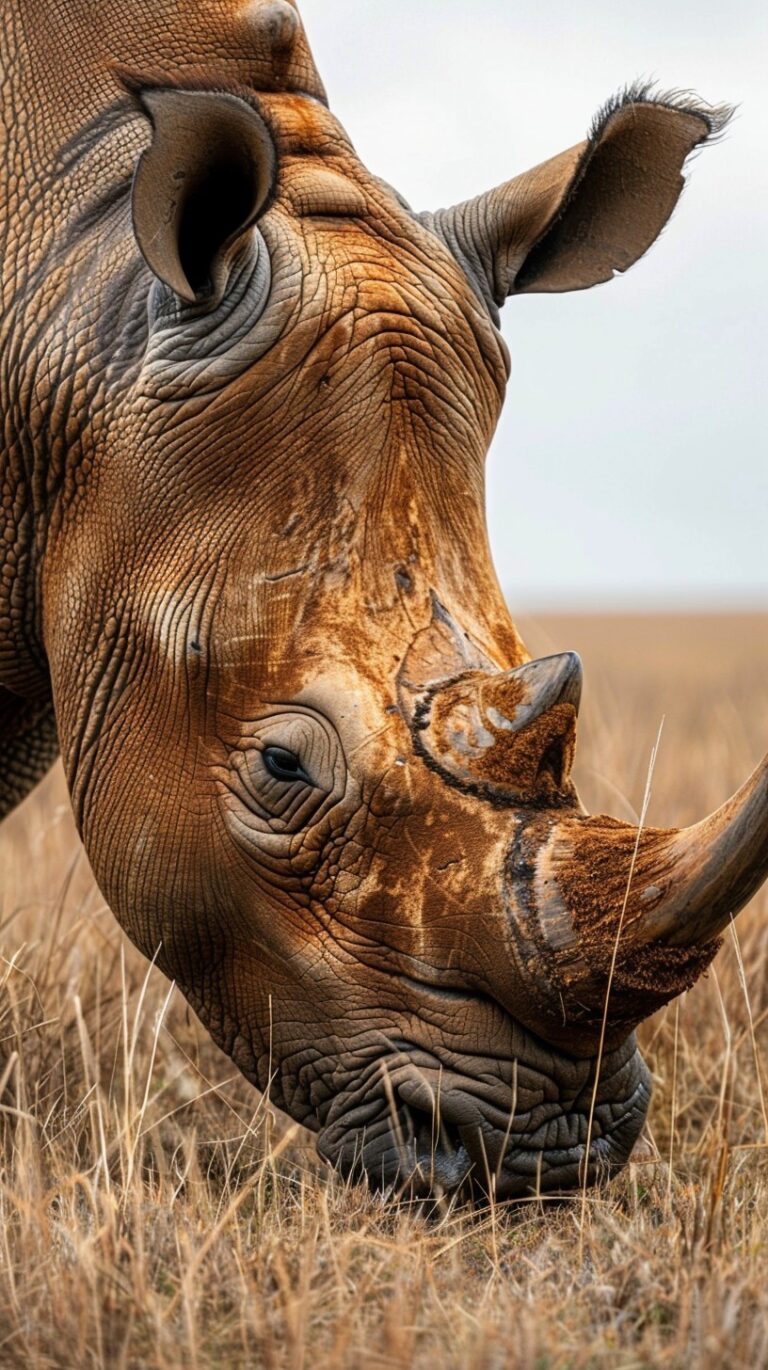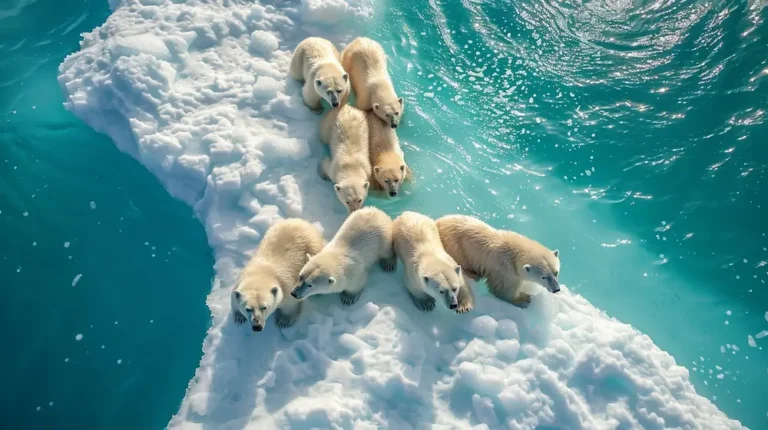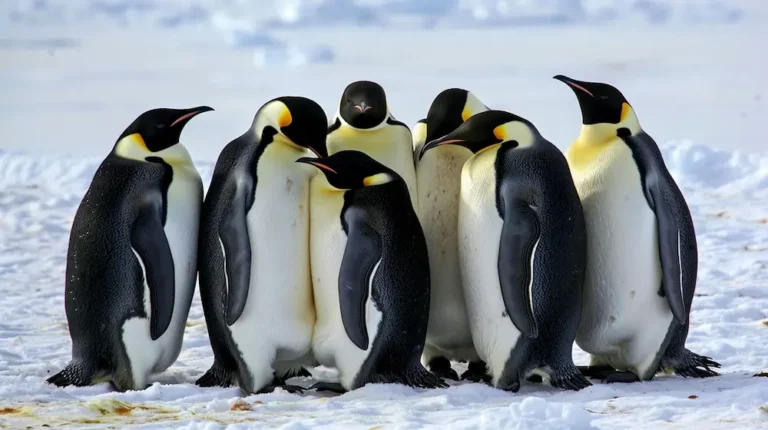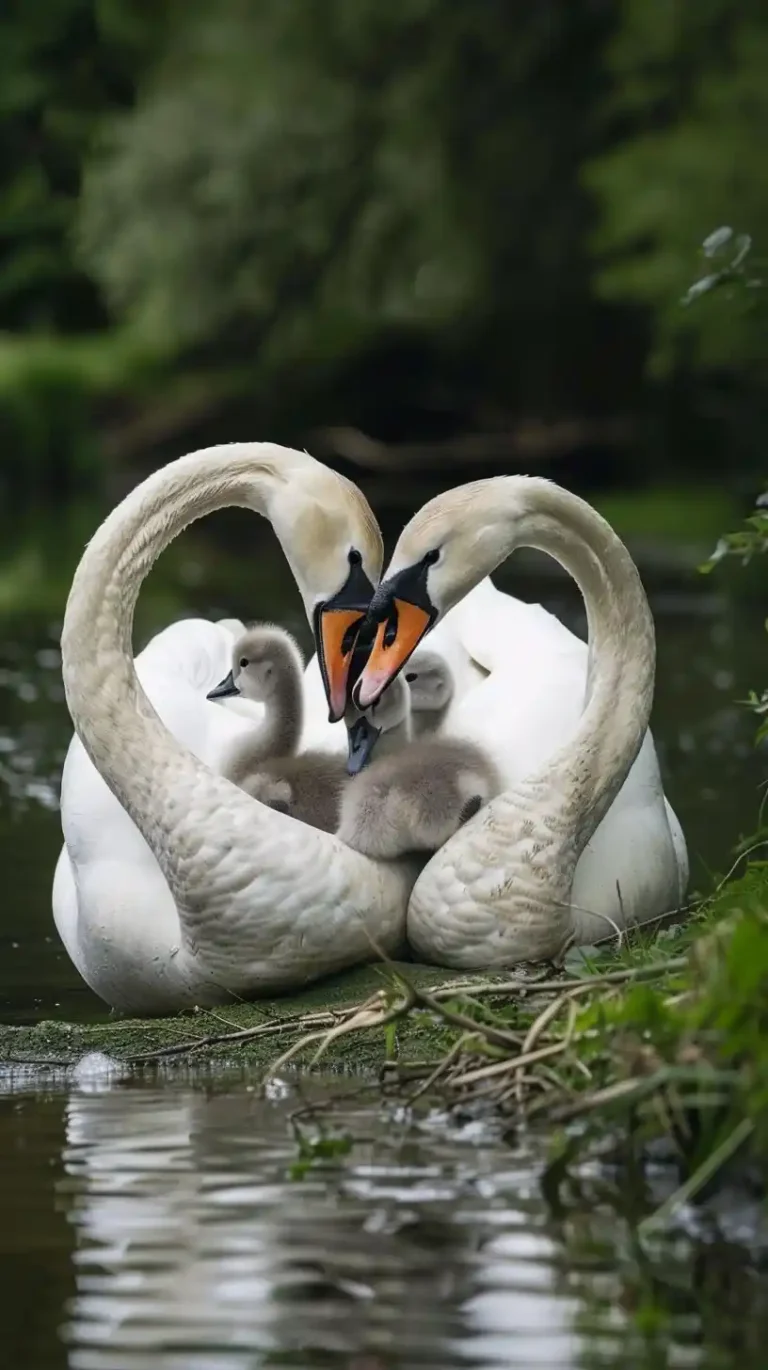🌟 Unleash the Wild Side! 🌟 Ever wondered what makes the animal kingdom so fascinating? Dive into a world of incredible and surprising facts that will make you see animals in a whole new light!
From the astonishing abilities of sea creatures to the quirky habits of your favorite land animals, these fun facts will both amaze and entertain. Get ready to discover the wonders of wildlife like never before! 🦓🦒🐧🦋.
Each animal has its own story, and these fun facts highlight just how incredible the animal kingdom is!
1. Penguins


1.1 Gentoo penguins propose marriage using a pebble.
Gentoo penguins are known for their unique courtship rituals, where males present females with pebbles as a form of proposal. If the female accepts the pebble, it signifies her acceptance of the male’s courtship, and they often use the pebble to build their nests. This charming behavior highlights the importance of bonding in penguin relationships.
1.2 Emperor penguins can swim underwater for up to 27 minutes.
Emperor penguins are remarkable divers, capable of holding their breath and swimming underwater for extended periods. This ability allows them to hunt for fish and other marine life deep beneath the ice. Their streamlined bodies and powerful flippers make them exceptional swimmers in the frigid Antarctic waters.
1.3 Adélie penguins are known for their distinctive white eye-ring and black head.
Adélie penguins are easily recognizable due to their striking appearance, featuring a black head and a distinctive white eye-ring. These features not only make them visually appealing but also play a role in social interactions and mate selection within their colonies.
2. Giraffes

2.1 Giraffes have the same number of vertebrae in their necks as humans do.
Despite their long necks, giraffes have only seven cervical vertebrae, the same number as humans. Each vertebra is elongated, allowing for their impressive height. This anatomical feature is a fascinating example of how evolution can lead to significant differences in size and shape while maintaining a common structure.
2.2 A giraffe’s tongue is 21 inches long and is used for grasping leaves.
Giraffes possess incredibly long tongues, measuring up to 21 inches. Their tongues are prehensile, allowing them to grasp and pull leaves from tall trees. The dark coloration of their tongues helps protect them from sunburn as they feed in the harsh African sun.
2.3 Giraffes only need to drink once every few days.
Giraffes are well adapted to their environment, obtaining most of their hydration from the leaves they consume. This adaptation allows them to thrive in arid regions where water sources may be scarce, making them resilient animals in the wild.
3. Owls



3.1 Owls have the ability to turn their heads nearly all the way around.
Owls are known for their remarkable neck flexibility, allowing them to rotate their heads up to 270 degrees. This unique adaptation compensates for their fixed eye sockets, enabling them to have a wide field of vision without moving their bodies.
3.2 Owls have three eyelids.
Owls possess three eyelids: one for blinking, one for sleeping, and a nictitating membrane that protects their eyes while hunting. This third eyelid helps keep their eyes moist and clean, ensuring they can see well while navigating their nocturnal environment.
3.3 Owls can rotate their necks 270 degrees.
The structure of an owl’s neck allows for extensive rotation, which is essential for their hunting strategy. This ability enables them to scan their surroundings for prey without moving their bodies, making them stealthy hunters in the night.
4. Polar Bears

4.1 Polar bears have black skin and transparent fur that appears white.
Beneath their thick fur, polar bears have black skin that helps absorb heat from the sun. Their fur, while appearing white, is actually transparent and hollow, reflecting light and providing insulation against the cold Arctic climate.
4.2 Polar bears are the largest land carnivores in the world.
Weighing up to 1,500 pounds, polar bears are the largest terrestrial carnivores. Their size and strength make them apex predators in their environment, primarily hunting seals on the ice.
4.3 Polar bears are excellent swimmers.
Polar bears are powerful swimmers, capable of covering long distances in the water. Their large front paws act like paddles, allowing them to swim efficiently in search of food or when navigating between ice floes.
5. Platypus

5.1 Platypuses have spurs on their back feet that are filled with poison.
Male platypuses possess venomous spurs on their hind legs, which they use to defend themselves against predators. This unique feature makes the platypus one of the few venomous mammals in the world, showcasing the diversity of adaptations in the animal kingdom.
5.2 Platypuses are one of only a few venomous mammals.
The platypus is a fascinating example of mammalian diversity, being one of the only egg-laying mammals (monotremes) and possessing venom. This combination of traits makes them a subject of interest for scientists studying evolution and adaptation.
5.3 Platypuses have a duck-like bill.
The platypus has a distinctive bill that resembles that of a duck, which is equipped with electroreceptors. These receptors allow the platypus to detect the electric fields generated by the movements of prey in the water, aiding in their hunting strategy.
6. Beavers

6.1 Beavers are the second-largest rodents in the world.
Beavers are remarkable creatures, second only to capybaras in size among rodents. Their large bodies and strong teeth enable them to fell trees and build impressive dams, which create habitats for other wildlife.
6.2 Beavers are nature’s engineers.
Beavers are known for their exceptional building skills. They construct dams and lodges using branches, mud, and stones, creating wetlands that benefit various species and help maintain ecosystems.
6.3 Beaver dams can be up to 2,000 feet long.
The structures built by beavers can be extensive, with some dams reaching lengths of up to 2,000 feet. These dams play a crucial role in water management, helping to prevent flooding and create habitats for aquatic life.
7. Rhinos


7.1 Rhinoceros horns are made from compacted hair.
Unlike horns of other animals, rhino horns are composed of keratin, the same material found in human hair and nails. This unique composition contributes to their strength and durability, making them highly sought after in illegal wildlife trade.
7.2 Rhinos have poor eyesight.
Rhinos have relatively poor vision, relying more on their acute sense of smell and hearing to navigate their environment. This adaptation helps them detect predators and communicate with other rhinos.
7.3 Black rhinos are solitary and territorial.
Black rhinos are known for their solitary nature, with males establishing territories that they defend against other males. This behavior is crucial for maintaining their population and ensuring access to resources.
8. Panthers

8.1 Panthers are not a separate species.
The term “panther” commonly refers to melanistic (black) leopards or jaguars. This color variation occurs due to a genetic mutation, allowing these big cats to adapt to their environments while still being part of the larger feline family.
8.2 Panthers are excellent climbers.
Panthers are agile climbers, often seen resting in trees or stalking prey from above. Their strong limbs and retractable claws make them adept at navigating their forested habitats.
8.3 Panthers can run at speeds up to 35 miles per hour.
These powerful cats can reach impressive speeds when sprinting, allowing them to chase down prey effectively. Their speed, combined with stealth, makes them formidable hunters.
9. Zebras

9.1 Zebras have black skin with white hair.
While zebras are known for their iconic black and white stripes, their skin underneath is actually black. This unique coloration plays a role in thermoregulation and may help deter biting insects.
9.2 Zebras have unique stripe patterns.
Each zebra has a distinct stripe pattern, similar to human fingerprints. These patterns help zebras recognize one another and may also confuse predators when they are in a group.
9.3 Zebras are social animals.
Zebras are highly social creatures, often forming herds led by a dominant stallion. Their social structure helps protect them from predators and provides opportunities for bonding and communication.
10. Dolphins

10.1 Dolphins use toxic pufferfish to ‘get high’.
Dolphins have been observed interacting with pufferfish, gently handling them to release their toxins. This behavior appears to induce a trance-like state, showcasing the dolphins’ intelligence and playful nature.
10.2 Wild dolphins give each other names.
Dolphins are known to use distinctive whistles to identify one another, functioning similarly to names. This complex communication system highlights their social structure and intelligence.
10.3 Dolphins sleep with one eye open.
Dolphins are conscious breathers, meaning they must be awake to breathe. They sleep with one eye open and one hemisphere of their brain at a time, allowing them to remain aware of their surroundings while resting.
11. Pelicans

11.1 Pelicans have a pouch under their beak.
Pelicans are famous for their large throat pouches, which can hold up to 3 gallons of water. This adaptation allows them to scoop up fish and water while feeding, making them efficient hunters.
11.2 Pelicans are known for their distinctive long bills.
The long, flat bills of pelicans are specially adapted for catching fish. Their bills are equipped with a hook at the end, which helps them grasp slippery prey.
11.3 Pelicans often hunt in groups.
Pelicans are social birds that frequently hunt in groups. By working together, they can herd fish into shallow waters, making it easier for each bird to catch their meal.
12. Swans
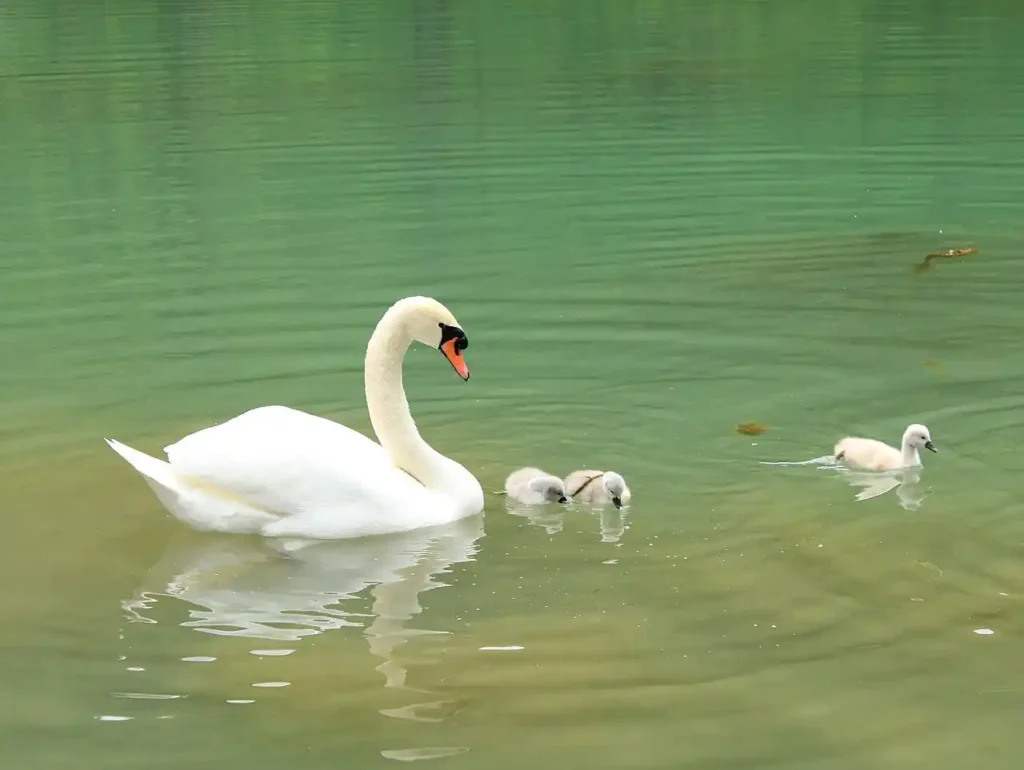
12.1 Swans mate for life.
Swans are known for their strong pair bonds, often mating for life. This commitment is reflected in their graceful displays and synchronized movements, symbolizing love and loyalty in many cultures.
12.2 Swans are the largest waterfowl species.
Swans are among the largest birds in the waterfowl family, with some species weighing up to 30 pounds. Their size, combined with their elegant appearance, makes them a striking presence on lakes and rivers.
12.3 Swans are graceful on water and in the air.
Swans are known for their beautiful movements, both on the water and in flight. Their long necks and powerful wings allow them to glide gracefully, making them a favorite subject for photographers and artists.
13. Kangaroos


13.1 Newborn kangaroos are the size of a bee.
Kangaroo joeys are born extremely small, about the size of a honeybee, and must crawl into their mother’s pouch to continue developing. This unique reproductive strategy allows them to grow in a safe environment.
13.2 Kangaroos can jump up to 30 feet.
Kangaroos are powerful jumpers, capable of covering distances of up to 30 feet in a single bound. Their strong hind legs and large feet enable them to travel quickly across the Australian landscape.
13.3 Kangaroos have a pouch called a marsupium.
The pouch of a kangaroo, known as a marsupium, provides a safe space for joeys to grow and develop after birth. The pouch contains muscles that allow the mother to open and close it, protecting the young from danger.
14. Axolotls

14.1 Axolotls can regenerate lost limbs.
Axolotls are remarkable for their ability to regenerate lost body parts, including limbs, tails, and even parts of their heart and brain. This extraordinary regenerative capability has made them a subject of scientific research.
14.2 Axolotls have feathery external gills.
These unique amphibians possess external gills that resemble feathery structures, allowing them to breathe underwater. This adaptation is crucial for their survival in their aquatic habitats.
14.3 Axolotls are critically endangered.
In the wild, axolotls face significant threats due to habitat loss and pollution. Conservation efforts are underway to protect their remaining populations and raise awareness about their plight.
15. Whales

15.1 Blue whales are the largest animals on Earth.
Blue whales can reach lengths of up to 100 feet and weigh as much as 200 tons, making them the largest animals to have ever existed. Their immense size is a marvel of nature, and they primarily feed on tiny shrimp-like animals called krill.
15.2 Whales communicate using a variety of sounds.
Whales are known for their complex vocalizations, which they use to communicate with one another. These sounds can travel long distances underwater, facilitating social interactions and navigation.
15.3 Whales have a thick layer of blubber.
To insulate themselves in cold ocean waters, whales have a thick layer of blubber that can be several inches thick. This fat layer not only provides warmth but also serves as an energy reserve.
16. Elephants

16.1 Elephants are the only animals with legs that can’t jump.
Elephants are unique among mammals in that they cannot jump. Their massive size and weight prevent them from doing so, but they are incredibly strong and agile for their size.
16.2 A single elephant tooth can weigh as much as 9 pounds.
Elephants have large molars that can weigh up to 9 pounds each. These teeth are essential for grinding down tough vegetation, and elephants go through several sets of teeth in their lifetime.
16.3 Elephants are pregnant for 22 months.
Elephants have one of the longest gestation periods of any mammal, lasting about 22 months. This extended pregnancy allows for the development of their large brains and bodies.
17. Seals



17.1 Seals have a layer of fat called blubber.
Seals are equipped with a thick layer of blubber that insulates them from cold water temperatures. This adaptation is crucial for their survival in harsh marine environments.
17.2 Seals can sleep while underwater.
Seals have the ability to hold their breath and sleep underwater for extended periods, sometimes up to two hours. This behavior helps them evade predators while resting.
17.3 Seals are known for their playful behavior.
Seals are social animals that often engage in playful interactions, both with one another and with humans. Their playful nature makes them a favorite among wildlife watchers.
18. Tigers

18.1 Tigers are the largest of the big cats.
Tigers are the largest members of the Felidae family, with some individuals weighing up to 700 pounds. Their size and strength make them apex predators in their habitats.
18.2 No two tigers have the same pattern of stripes.
Each tiger has a unique pattern of stripes, similar to human fingerprints. These stripes help them blend into their environment, providing camouflage while hunting.
18.3 Tigers are excellent swimmers.
Unlike many other big cats, tigers enjoy swimming and can cover distances of up to 4 miles in water. This ability helps them cool off in hot climates and hunt for prey in aquatic environments.
19. Wolves

19.1 Wolves are highly social animals.
Wolves live in family groups called packs, which are typically made up of a breeding pair and their offspring. This social structure allows them to work together to hunt and protect their territory.
19.2 Wolves communicate using vocalizations.
Wolves use a variety of sounds, including howls, barks, and growls, to communicate with one another. These vocalizations help maintain pack cohesion and coordinate hunting efforts.
19.3 Wolves have a strong sense of smell.
Wolves possess an exceptional sense of smell, which they use to track prey and communicate with other wolves. This keen sense is vital for their survival in the wild.
20. Foxes

20.1 Foxes are known for their bushy tails.
Foxes have long, bushy tails that serve multiple purposes, including balance, communication, and warmth. Their tails are often used to signal other foxes and maintain social bonds.
20.2 Foxes are excellent hunters.
Foxes are skilled hunters with a varied diet that includes small mammals, birds, insects, and fruit. Their adaptability allows them to thrive in diverse environments.
20.3 Foxes are intelligent and cunning.
Foxes are known for their cleverness and problem-solving abilities, often outsmarting their prey. This intelligence has made them a popular subject in folklore and mythology.
21. Snails

21.1 Snails can take very long naps.
Some species of snails can enter a state of dormancy for up to three years, particularly in response to unfavorable environmental conditions. This adaptation helps them survive during droughts or extreme temperatures.
21.2 A common garden snail has 14,000 teeth.
Despite their small size, garden snails possess thousands of tiny teeth on a structure called a radula, which they use to scrape food off surfaces. This unique feeding mechanism allows them to consume a variety of plant materials.
21.3 Snails have four noses.
Snails have four sensory tentacles on their heads, which they use to detect smells and taste their environment. The two upper tentacles are primarily for sight, while the lower pair is for smell.
22. Llamas


22.1 Llamas are social animals.
Llamas are highly social creatures that thrive in herds. They form strong bonds with one another and communicate through a variety of vocalizations and body language.
22.2 Llamas are used as pack animals.
Llamas are often used as pack animals in mountainous regions, capable of carrying loads of up to one-third of their body weight. Their gentle nature and adaptability make them excellent companions for hikers and travelers.
22.3 Llamas have long necks and large ears.
Llamas are easily recognizable due to their long necks and large, expressive ears. These physical traits help them navigate their environment and communicate with other llamas.
23. Skunks

23.1 Skunks are known for their distinctive black and white fur.
Skunks are easily identifiable by their striking black and white coloration, which serves as a warning to potential predators. This coloration is a form of aposematism, signaling that they are not to be messed with.
23.2 Skunks are omnivores.
Skunks have a diverse diet that includes insects, small mammals, fruits, and plants. Their omnivorous nature allows them to adapt to various environments and food sources.
23.3 Skunks are nocturnal.
Skunks are primarily nocturnal, spending most of their days sleeping in burrows or dens. Their nighttime activity helps them avoid predators and find food more easily.

